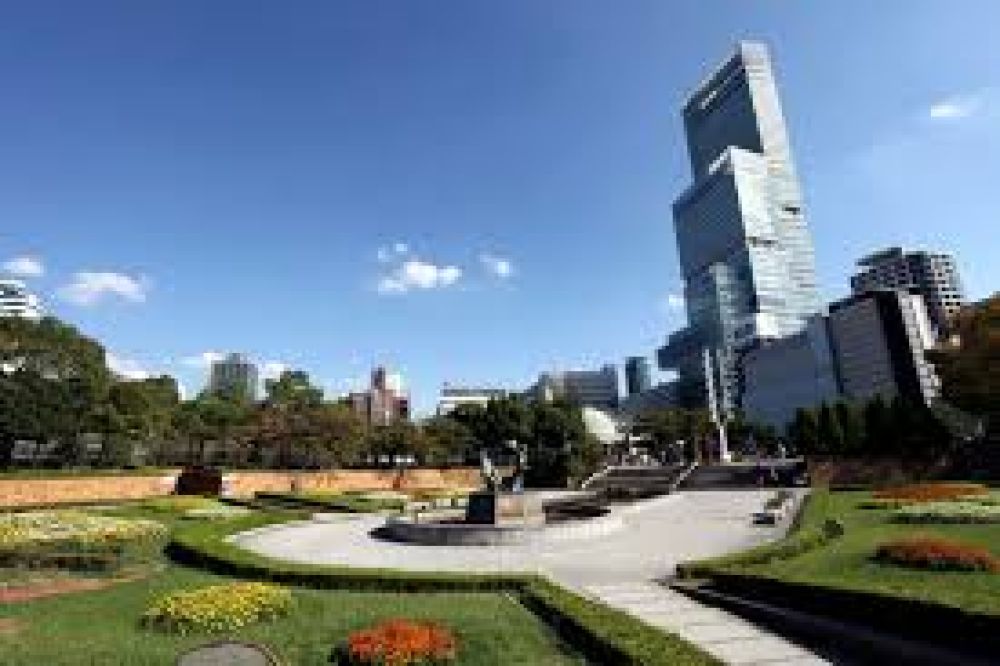

The history of Tennoji Park in Osaka, Japan, is deeply intertwined with the evolution of the city's tourism industry. Established in 1909, this urban oasis has been a respite for both locals and tourists alike, boasting a rich history that spans over a century.
In its early years, Tennoji Park was designed to provide a place of leisure and relaxation in the rapidly modernizing city of Osaka. It quickly became a popular destination among residents seeking a break from the hustle and bustle of urban life. The park's popularity began to attract tourists, who were drawn to its blend of natural beauty and Japanese tradition.
After the devastating impact of World War II, Osaka underwent major reconstruction, and so did Tennoji Park. The revitalization of the park in the post-war years was reflective of Japan's eagerness to restore its cultural landmarks. As Japan opened up to the world, Tennoji Park emerged as a symbol of peace and regeneration, further enticing international visitors to explore its grounds and the surrounding Tennoji district.
The park has continually evolved, with the addition of various attractions over the years, including the Tennoji Zoo, Osaka City Museum of Fine Arts, and the Keitakuen Garden. These attractions complement the park's natural features, such as its tranquil ponds and cherry blossom trees, making it a year-round destination for tourists.
In recent years, the park underwent a significant redevelopment to further integrate it with the surrounding urban environment. The 2015 renovation of Tennoji Park aimed to modernize the space while maintaining its historical charm, resulting in an increase in both domestic and international tourism.
Today, Tennoji Park continues to play a crucial role in Osaka's tourism industry. It serves as a focal point for visitors looking to experience a mix of Japan's nature, art, and history. The park's proximity to other popular tourist destinations, such as the Tsutenkaku Tower and Shitennoji Temple, makes it part of a larger cultural and historical narrative that appeals to modern tourists.
The latest tourism trends, especially the focus on sustainable tourism and authentic experiences, have influenced how visitors engage with Tennoji Park. The park not only offers a green space within the city but also provides educational and cultural experiences through its attractions. This matches the modern tourist's desire for immersive and responsible travel experiences.
The integration of technology, with features like mobile-guided tours and interactive exhibits in the park's museums, reflects the global trend towards more personalized and tech-savvy travel experiences. As the industry continues to evolve, Tennoji Park consistently adapts to meet the changing needs and interests of tourists from around the world.
From its inception to the current day, Tennoji Park has been a testament to Osaka's commitment to tourism and cultural preservation. As tourism trends advance, Tennoji Park remains a beloved gem within Osaka's urban landscape, offering a harmonious blend of history, culture, and natural beauty to those who visit.